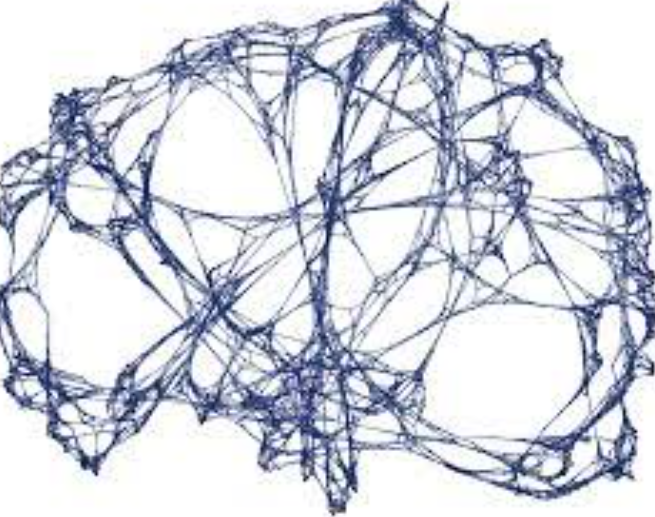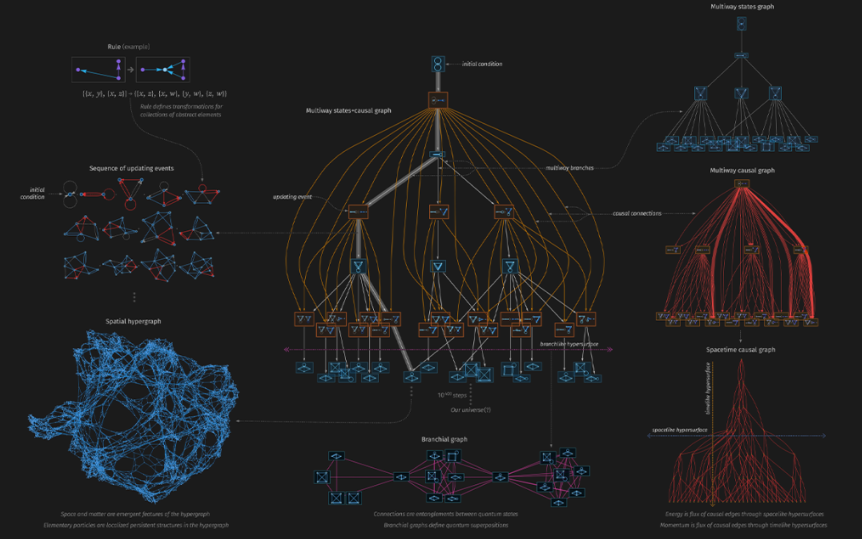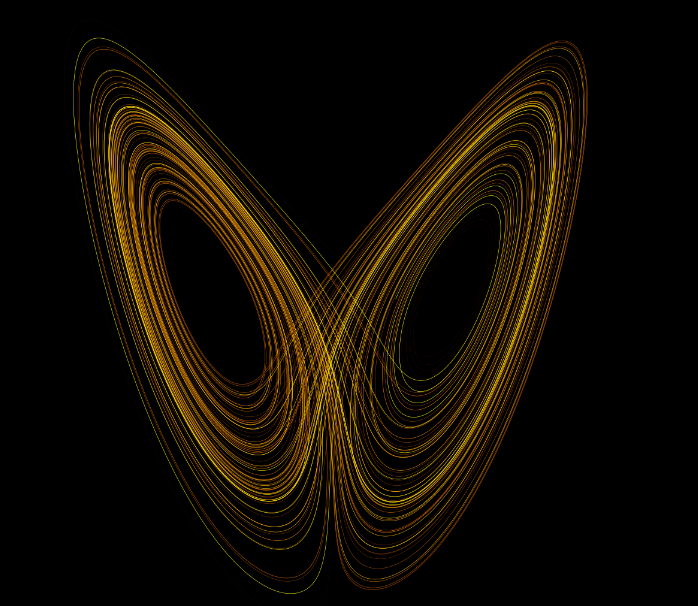Cracking the Code: The Wolfram Model

What is the Wolfram Model? Imagine a grand symphony played by billions of musical instruments, each following its own set of rules and interacting with the others to create incredible harmony. Well, the Wolfram model is like the master behind this symphony, it’s a computational system developed by Stephen Wolfram, a brilliant scientist and entrepreneur. This model takes simple rules and applies them iteratively to generate complex and impressive patterns.
To better understand the Wolfram Model, let’s dive into a real life example, imagine standing on a sandy beach, watching the waves crash against the shore. Now, imagine if you could simulate the movement of each water molecule, calculating its interactions with the others, and visualize the fascinating patterns that emerge. That is precisely what the Wolfram Model allows us to do: it unlocks the computational magic inside complex systems, revealing hidden structures and patterns.

One of the coolest aspects of the Wolfram Model is its infinite potential, it allows us to explore an infinite universe of possibilities using simple rules. Just as a single brushstroke on a canvas can create a complete masterpiece, the Wolfram Model shows us how complexity arises from simplicity; by modifying those rules ever so slightly, we can witness the birth of entirely new patterns, revealing the untapped potential within the system.
Now, you may be wondering, “What’s in it for me? How does the Wolfram Model relate to my everyday life?” Big question! The Wolfram Model is not just about crunching numbers; it’s about developing computational thinking skills that are vital in today’s world. It teaches us to break complex problems into smaller, more manageable parts, and to think algorithmically to find creative solutions. Whether you’re solving a Rubik’s cube, creating a piece of digital art, or designing a video game, computational thinking will always be your secret superpower.



Let’s delve into some real-life applications of the Wolfram Model. It has found its way into a variety of fields, such as biology, physics, computing, and even art. Biologists use it to study cellular automata and simulate complex biological systems. Physicists use it to model the behavior of particles and study the dynamics of physical systems. Artists and designers take advantage of it to create mind-blowing visualizations and interactive experiences, the possibilities are limited only by our imaginations.
You have just scratched the surface of the Wolfram model, remember, it is not just a tool or a set of mathematical equations, it is a gateway to an exciting new way of thinking. By embracing computational thinking and exploring the wonders of the Wolfram Model, you’ll discover a world where science and creativity dance together in perfect harmony.





Responses